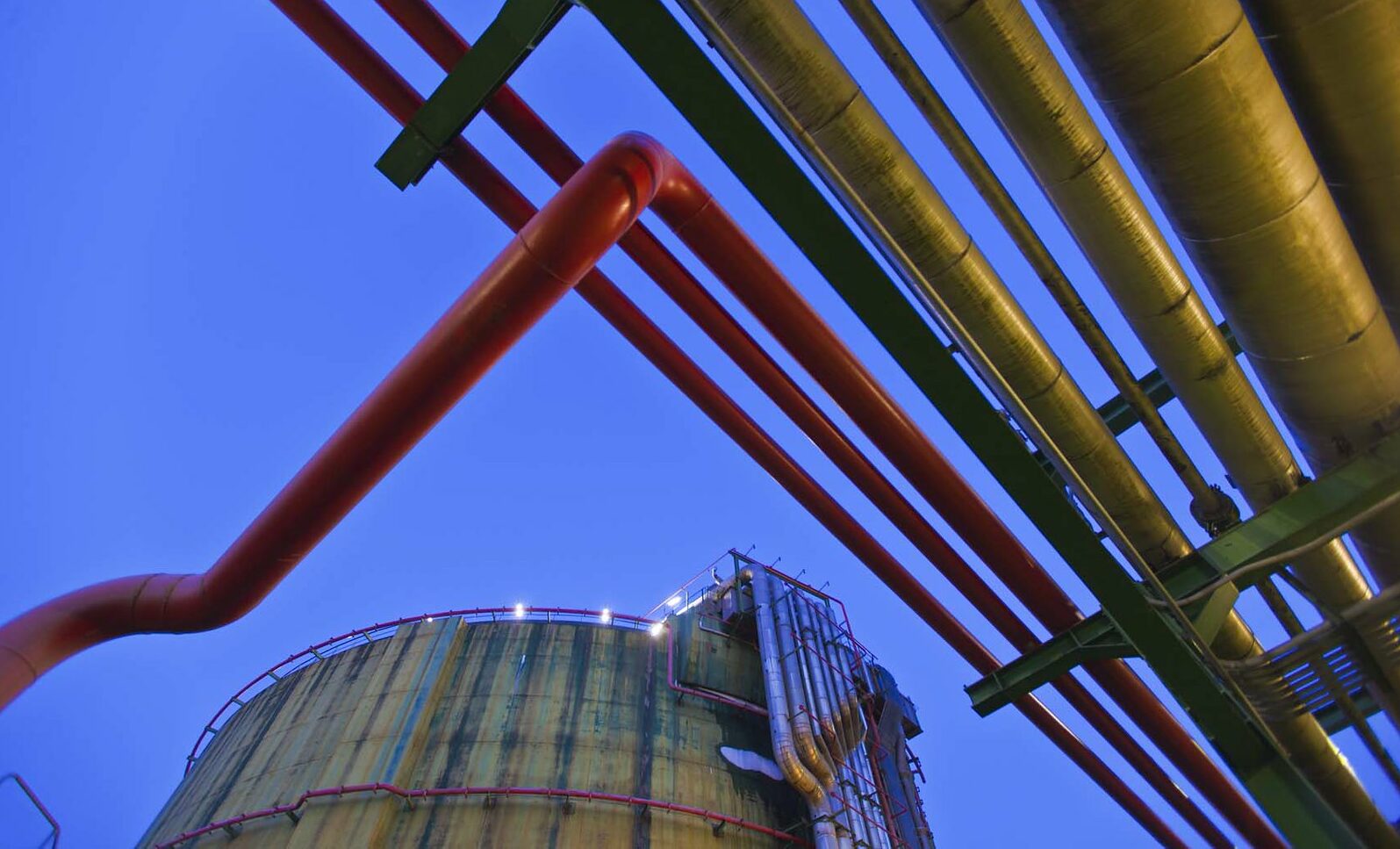Snam, what is known about the Spain-Italy gas pipeline. Who will pay?

The EU Commission could invest in a gas pipeline between Barcelona and Livorno: it will allow Italy to receive liquefied gas and then transport hydrogen. Who will make it, the investment node and the insights of Energia Oltre
The Spanish newspaper El País writes that the European Commission is evaluating the possibility of investing in a gas pipeline under the Mediterranean Sea that connects Spain to Italy: it will go from Barcelona to Livorno, more precisely. The project is part of RePower EU , the Brussels energy plan to accelerate the detachment from hydrocarbons from Russia (currently the continent's largest supplier).
The 700-kilometer-long gas pipeline will require an investment of between 2.5 and 3 billion euros and one to two years to complete.
HOW THE FLOWS OF ENERGY IN EUROPE WILL CHANGE
Historically, given the dependence on Russia, European energy flows have mainly followed an east-west route. But in the near future the itineraries could reverse, and go from west to east. Spain, in fact, has six regasification terminals, more than any other country on the continent: they are essential for the import of liquefied natural gas (LNG), of which the European Union wants to increase purchases to minimize dependence on supplies from Russia (mainly via pipelines).
AN INFRASTRUCTURE PROBLEM
Spain's problem is that its pipeline network has a low degree of interconnection with the continental one: in other words, large volumes of LNG arriving at the Spanish terminals and returned to the gaseous state would have difficulty being transported to the rest of Europe due to lack of infrastructure. Hence the interest in the gas pipeline between Barcelona and Livorno. Italy has three regasification plants, but the government is pushing to upgrade LNG management capabilities.
THE "RESURRECTION" OF THE MIDCAT
The crisis in prices and energy supplies fueled by the Russian invasion of Ukraine "also foresees the resurrection", writes El País , of MidCat, another gas pipeline already approved by the Commission: it should connect Spain and France, but the project is it was also abandoned due to conflicts between Madrid and Paris. MidCat could in the future be converted to transport green hydrogen, a zero-greenhouse gas fuel generated by renewable electricity.
"ITALIAN POWER IN BRUSSELS"
According to an anonymous source from the gas industry heard by the País , the Commission's interest in the pipeline between Barcelona and Livorno is a sign of "Italian power in Brussels". Italy, the source continues, would be "the main interest in the realization of this project: its idea is to unload the LNG in the port of Barcelona, bring it back to its gaseous state and transport it by pipe".
– The news agency Energia Oltre investigated the news of the gas pipeline between Spain and Italy. The launches can be read here and here .
FRANCE IN SEPARATE
Another source, referring to the change in energy routes in Europe, declares that “this project with Italy changes the geopolitical situation. France, which never wanted the gas corridor with Spain, could find itself bypassed and this could make the Elysée reflect. Spain now has an alternative; we will see how the situation will evolve … ".
THE SNAM-ENAGÁS MEMORANDUM
On 11 May Snam and Enagás – the energy companies that manage the Italian and Spanish pipeline networks, respectively – signed a memorandum of understanding to assess the feasibility of the Barcelona-Livorno project. Sources in the País speak of "high-level discussions".
WHAT THE GOVERNMENTS OF ITALY AND SPAIN THINK
The project is pleasing both to the Italian government ("Europe is facing a profound geopolitical reorientation destined to increasingly shift its strategic axis towards the south", Mario Draghi told the European Parliament ) and to the Spanish one.
Spain, however, insists on two points. First of all, that the funds for the construction of the pipeline are not taken from its budget, but from those of the European Union or of Italy and the countries of central and northern Europe (those that, according to Madrid, "will really benefit, not us "). And then that the Barcelona-Livorno pipeline must not set the MidCat aside between Hostalric and Barbaira, which Spain considers strategic for the possibility of transporting hydrogen.
Even the gas pipeline between Barcelona and Livorno could actually allow the transport of green fuel. But Madrid intends to guarantee itself a greater number of infrastructures to give an outlet to what it expects to be a rich internal production of hydrogen from renewable sources, and an equally robust demand (coming mainly from heavy industries in Germany).
The completion of the MidCat has an estimated cost of approximately € 600 million.
This is a machine translation from Italian language of a post published on Start Magazine at the URL https://www.startmag.it/energia/gasdotto-spagna-italia/ on Wed, 25 May 2022 11:39:03 +0000.
